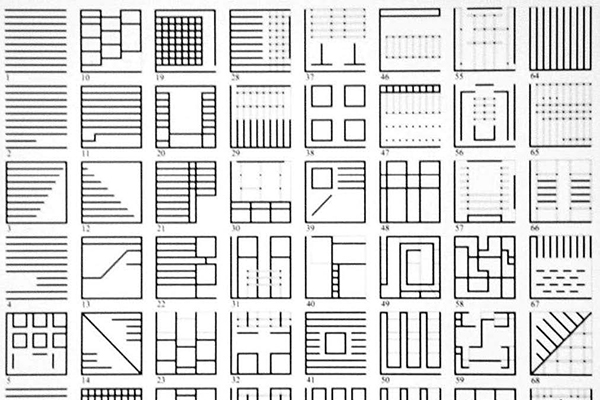Disegno is therefore the Idea: it is the True Form of the Thing
DOI:
https://doi.org/10.15168/xy.v6i11-12.2527Keywords:
digital representation, inventive drawing, manual drawing, thinking/drawingAbstract
I have accepted the proposal for a reflection on manual drawing, favouring its inventive aspect, both in its incisive and more assembly ways. I still do not know tools of structured interaction between humans and machines – such as new neuronal interfaces, etc. –, and consequently, I consider the expression digital drawing an oxymoron. In Italian, ‘drawing’ is a polysemic word, together nomen actionis, nomen acti and obiectum, as it simultaneously designates both the conception, the executive practice, and finally the outcome of the design. These designations, however, constitute the unfolding of an operational thought, which develops around things to form images of them. A bildnerische Denken. However, an essential distinction is needed in the relationship between thought, image and figure. In my opinion, a mental image similar to a drawing is not given. I fully share Garroni’s opinion that in our experience, sensations, perceptions and imaginations are formed as ‘internal images’, dynamic, not yet iconic, around which thought clusters to stimulate the expression of a first figure. These figures/drawings constitute an analytical basis for the project as they identify the phases of its formative phenomenology. And to this end, overcoming their generic denomination (sketches), I tried to identify inventively typical characteristics in four classes of inventive drawings: image drawings or initial ones, traced almost as unique signs, in which we find the deep inspiration and the first rationality of the idea; schematic drawings or those that allow the reordering of the constituent elements of the image in the principle of the structure of its form; assembly drawings, which characterize the development of the work, or the products of a way of doing that he invents by doing and undoing; and finally layout drawings, specific to the operational writing of the project. Terminal acts of that rational research on it, for the punctual discovery of its grammatical and syntactic mechanism.

Downloads
Published
How to Cite
Issue
Section
License
Copyright (c) 2023 XY. Studies on the representation of architecture and the use of the image in science and art

This work is licensed under a Creative Commons Attribution-NonCommercial-ShareAlike 4.0 International License.

